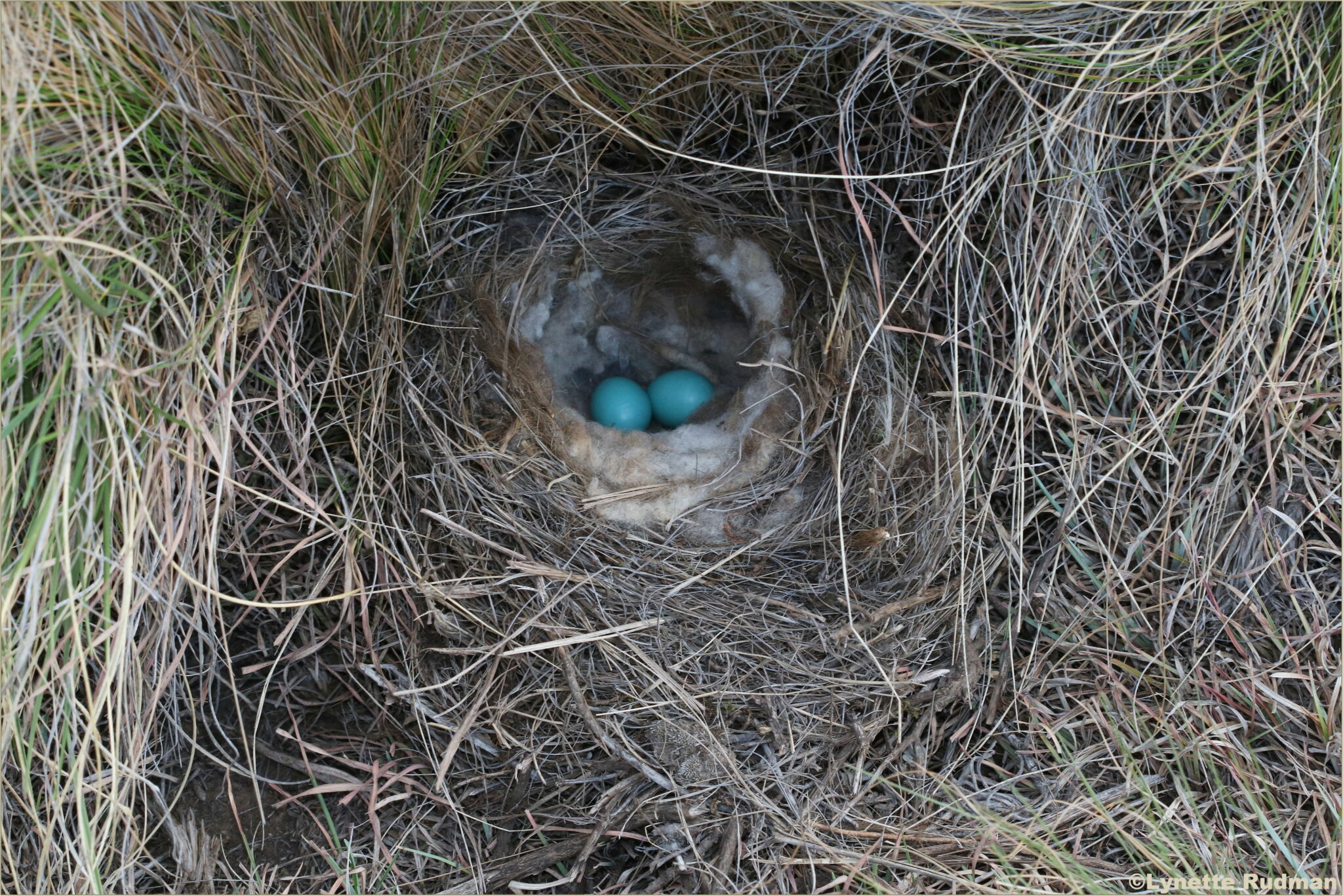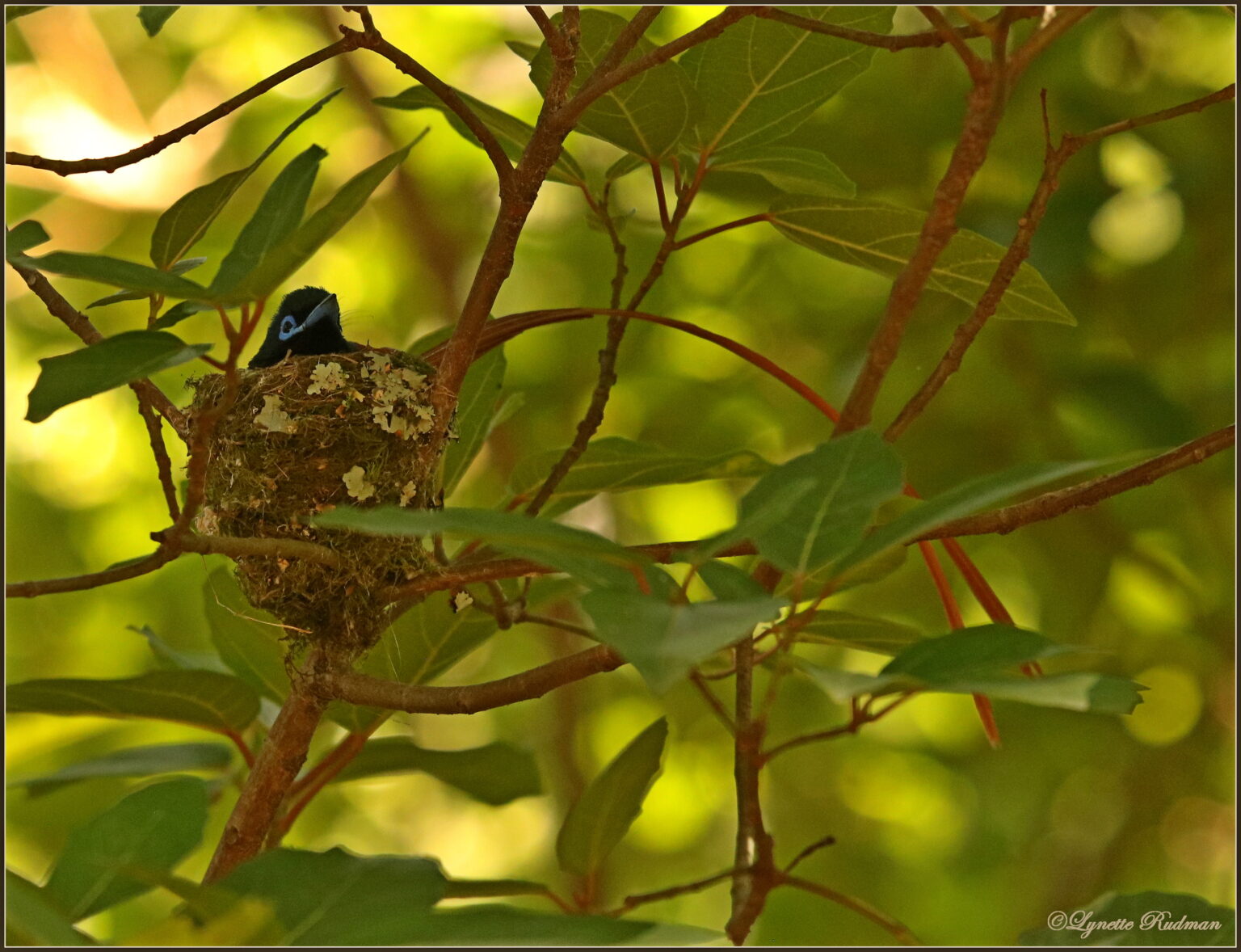
Birds’ nests are so diverse. The tiniest birds can build the most intricately woven nests that are well concealed and camouflaged and yet the large raptors can just pile together a lot of twigs out in the open in a tree or rock ledge for all to see. The amount of skill and instinct that goes into creating these works of art is mind blowing and in this blog I will be featuring some of the basic nest shapes and types.

1. CUP SHAPE
These cup shaped nests are used by many different bird species like the flycatchers, chats, batises, larks, thrushes, warblers and many others. They consist of a coarser, strong outer shell constructed from grass, rootlets, tendrils and fine vines. These nests are then lined with soft material like downy feathers or soft fluffy seeds. Spider’s web is often used to bind the nest together and often material like pieces of lichen and moss are added to the outside to camouflage the nest that is often placed in the fork of a tree.
Rock Martins create cup shaped mud nests that are built against a wall or a cliff overhang and some pipits and chats create neat cup shaped nests deep in a tussock of grass where it is invisible to any predator walking past.
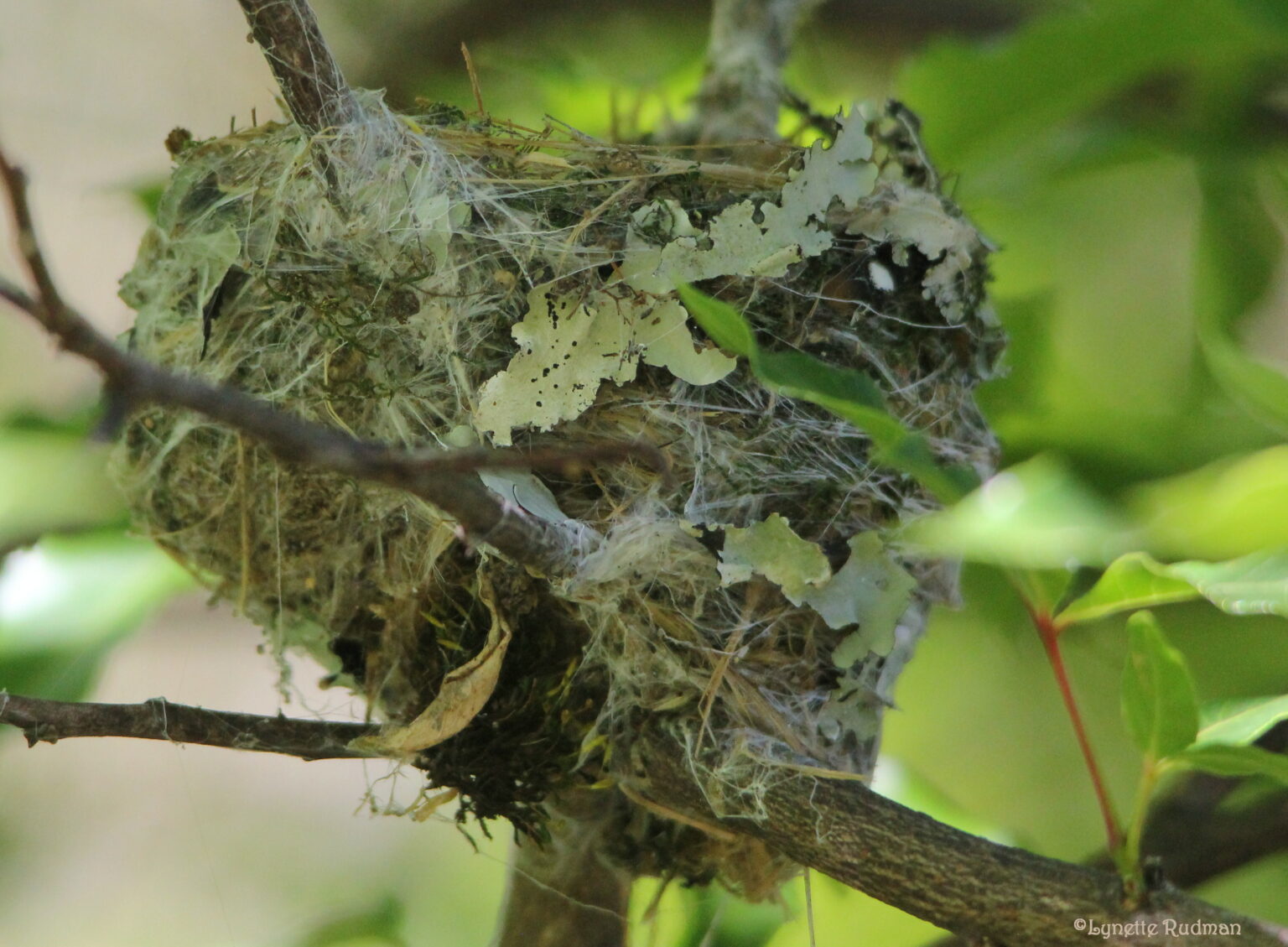
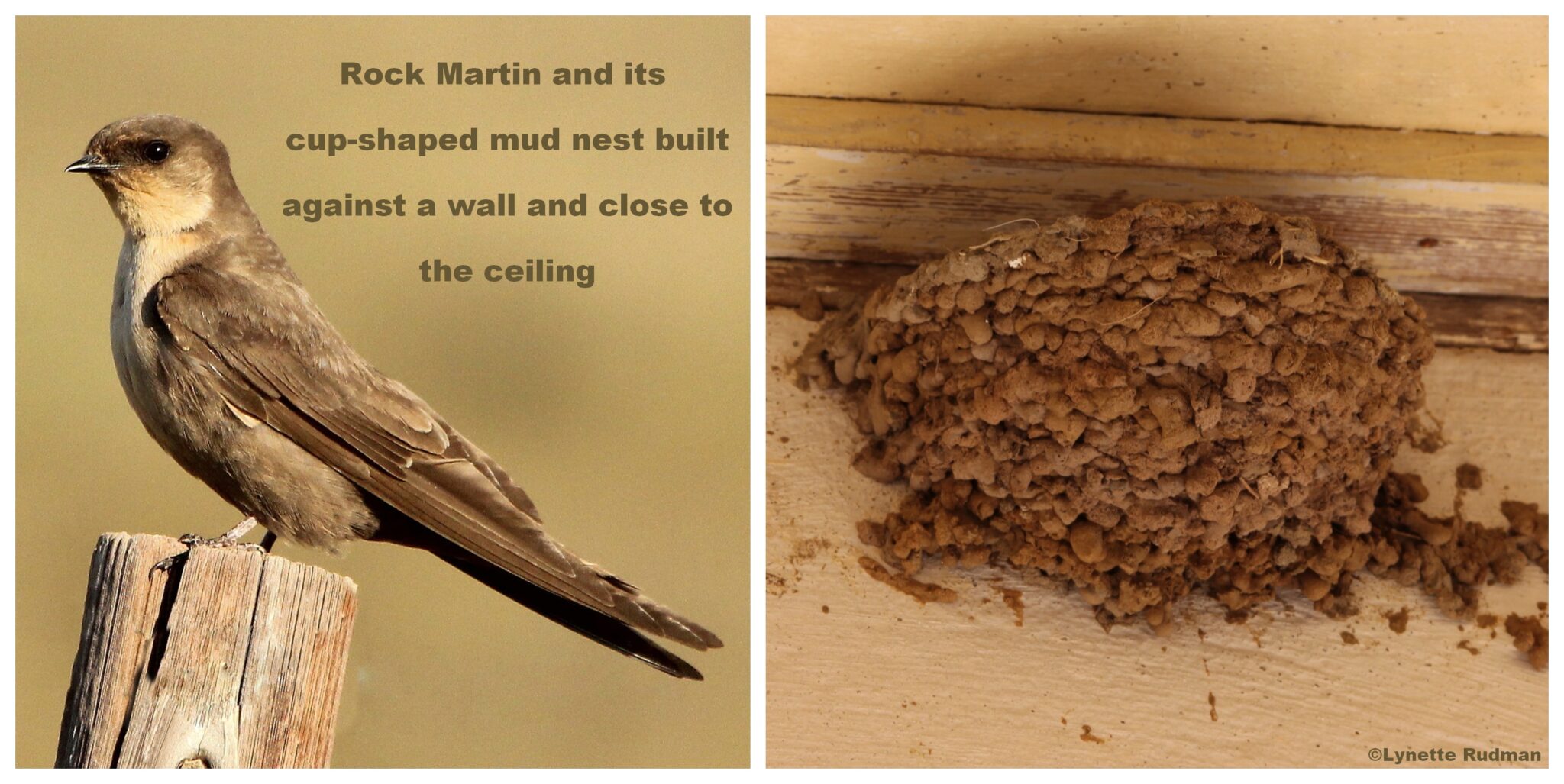
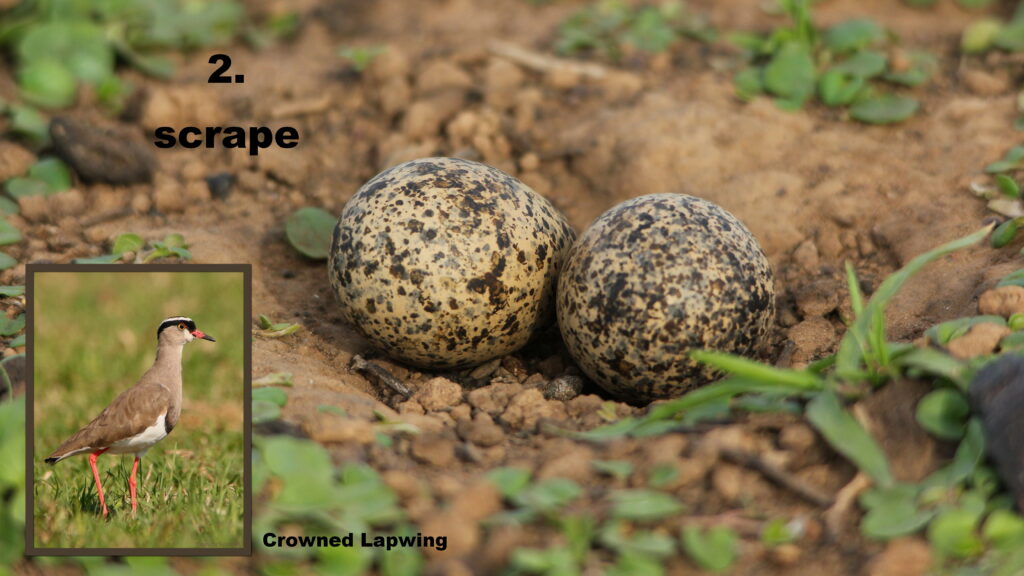
2. SCRAPE
These scrape nests are literally a shallow depression in sand, gravel or soil. They are created by the bird simply scratching the soil or sand away from the centre point in a circle. Some of these scrape nests are lined with bits of soft material but many are not lined at all and the bird just lays the eggs on the ground. These nests are created mainly by ground birds like lapwings, plovers, oystercatchers, thick-knees and many others. Sometimes the birds will place little pebbles or buck droppings around the outer part of the nest to camouflage it. The eggs of these birds are normally well camouflaged because of their colour and cryptic markings. Because the nestlings are at a great danger in these nests on the ground, lapwing and plover chicks are born with their eyes open and they can walk immediately after hatching. Teeny little fluffballs can be seen running around with their very protective parents at that stage.
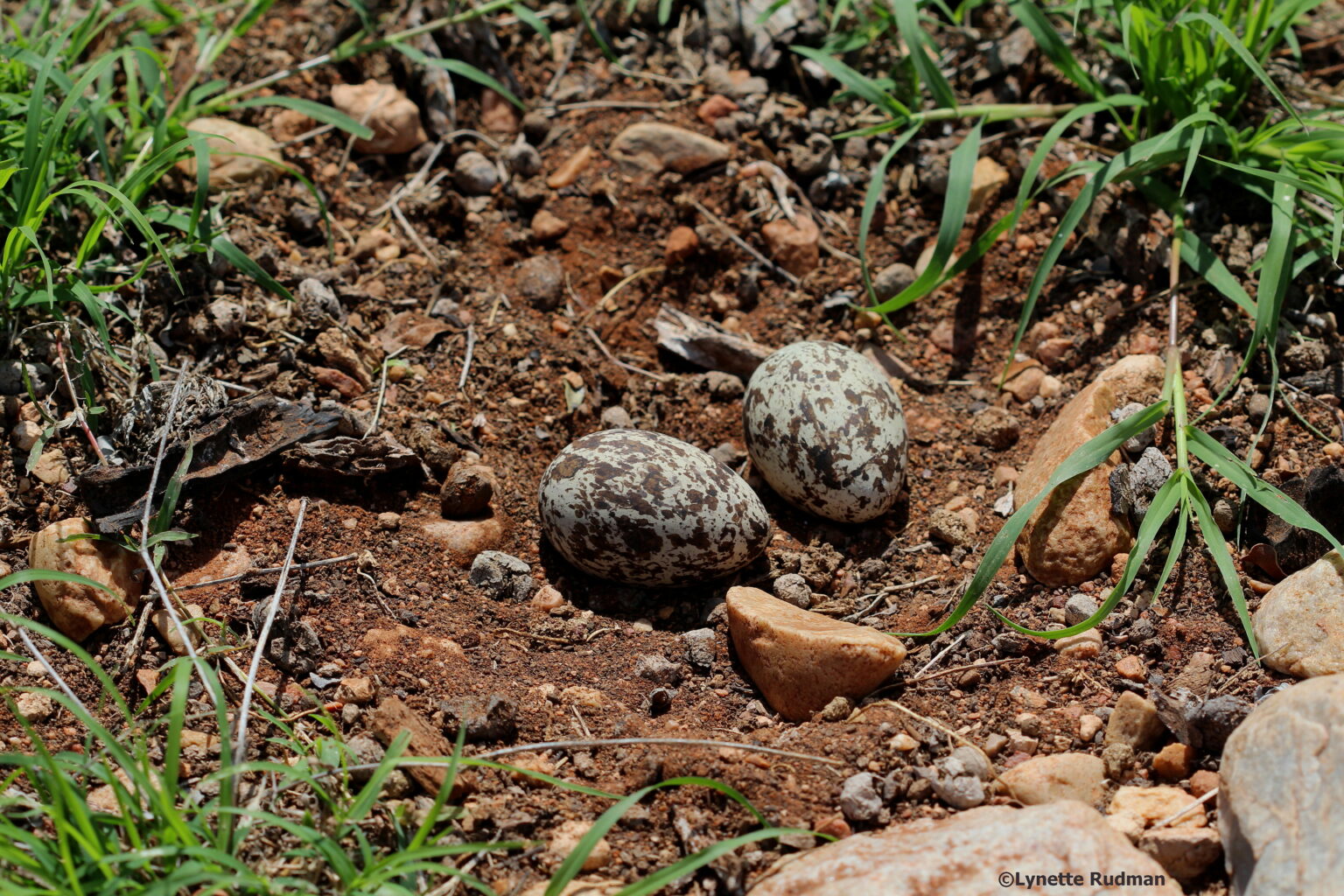
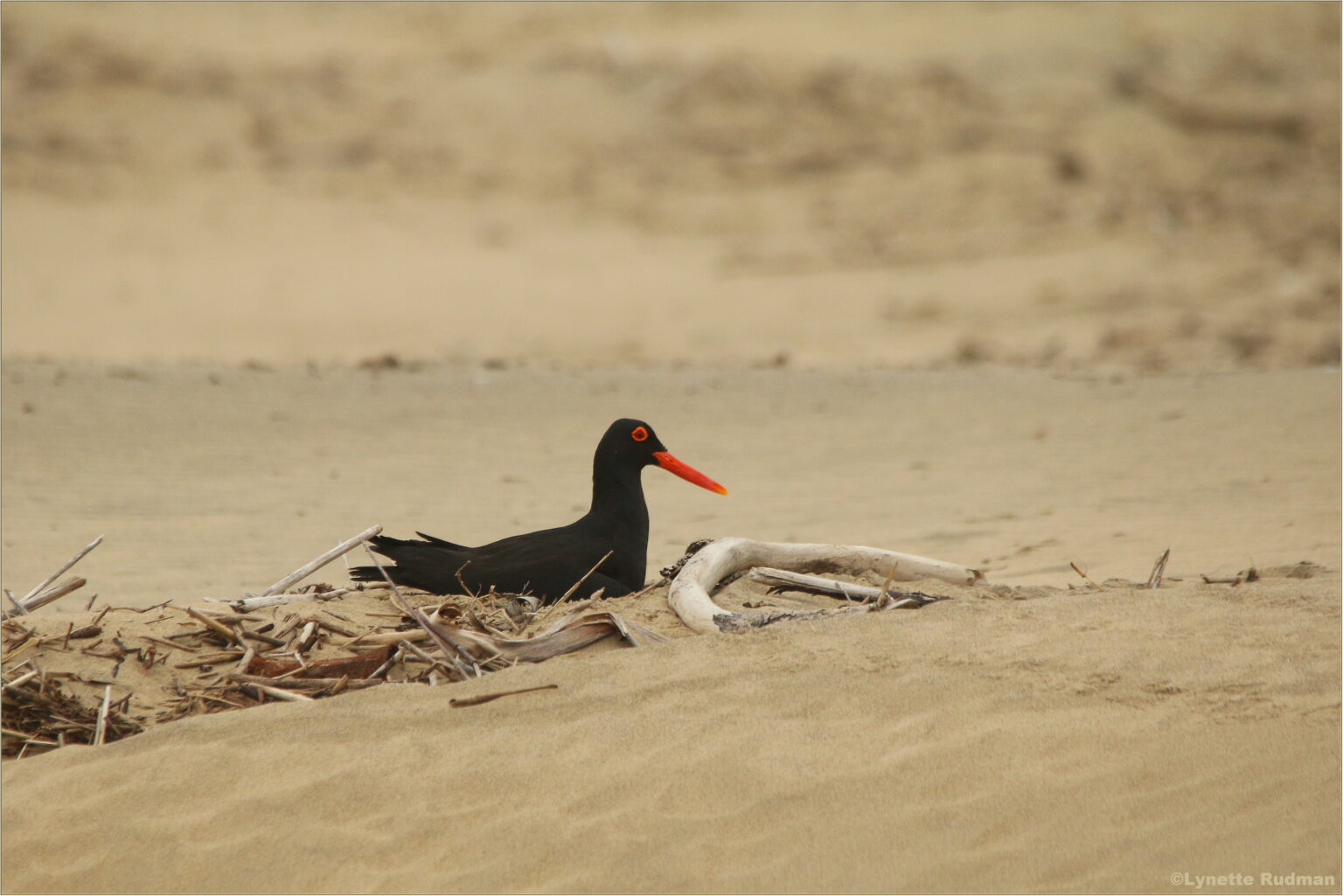
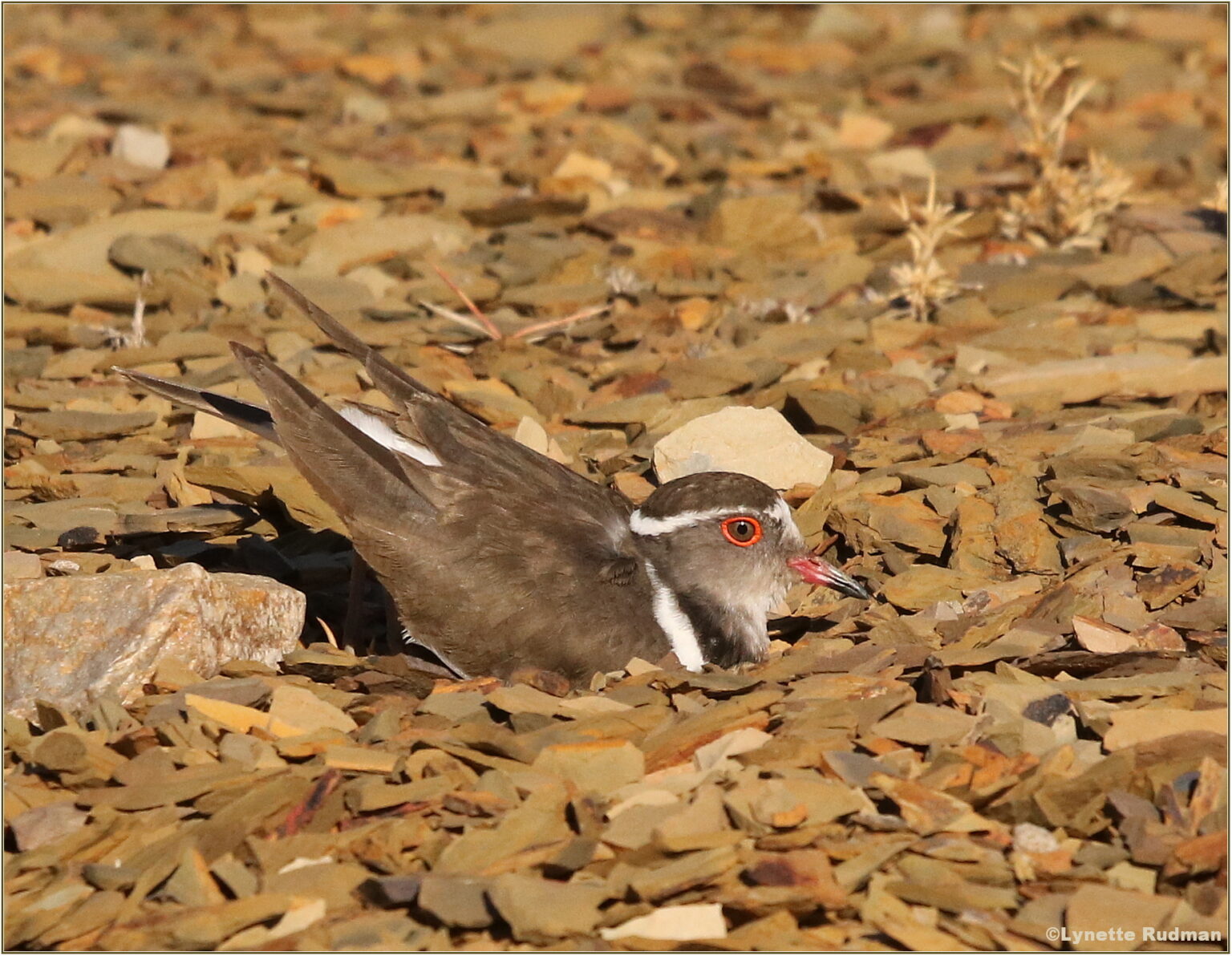

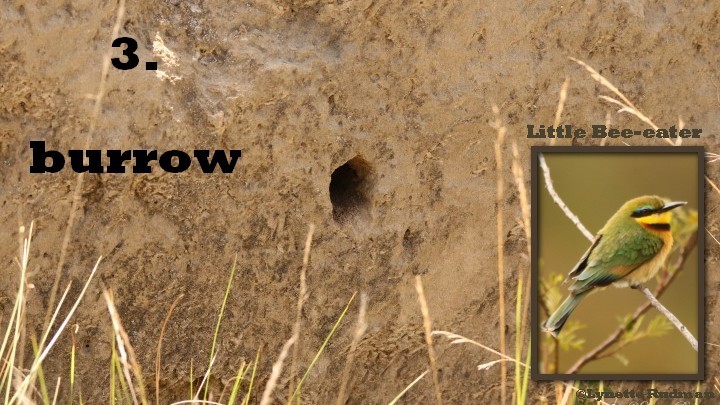
3. BURROW
These burrows are found in sandbanks on riverbanks or in the sides of termite mounds and sometimes in the roof of the large aardvark burrows or in erosion gullies and old mine shafts.
Ant-eating Chats are known to build their long burrows in the roofs of the large aardvark burrows. These burrows can be over a metre long and they end in a larger chamber where the eggs are laid. The nesting chamber is often lined with soft material. Usually these burrows are constructed at a slight gradient upwards so they can’t be flooded when it rains.
Bee-eaters, some kingfishers, some starlings and some martins use these types of burrows in sandbanks.
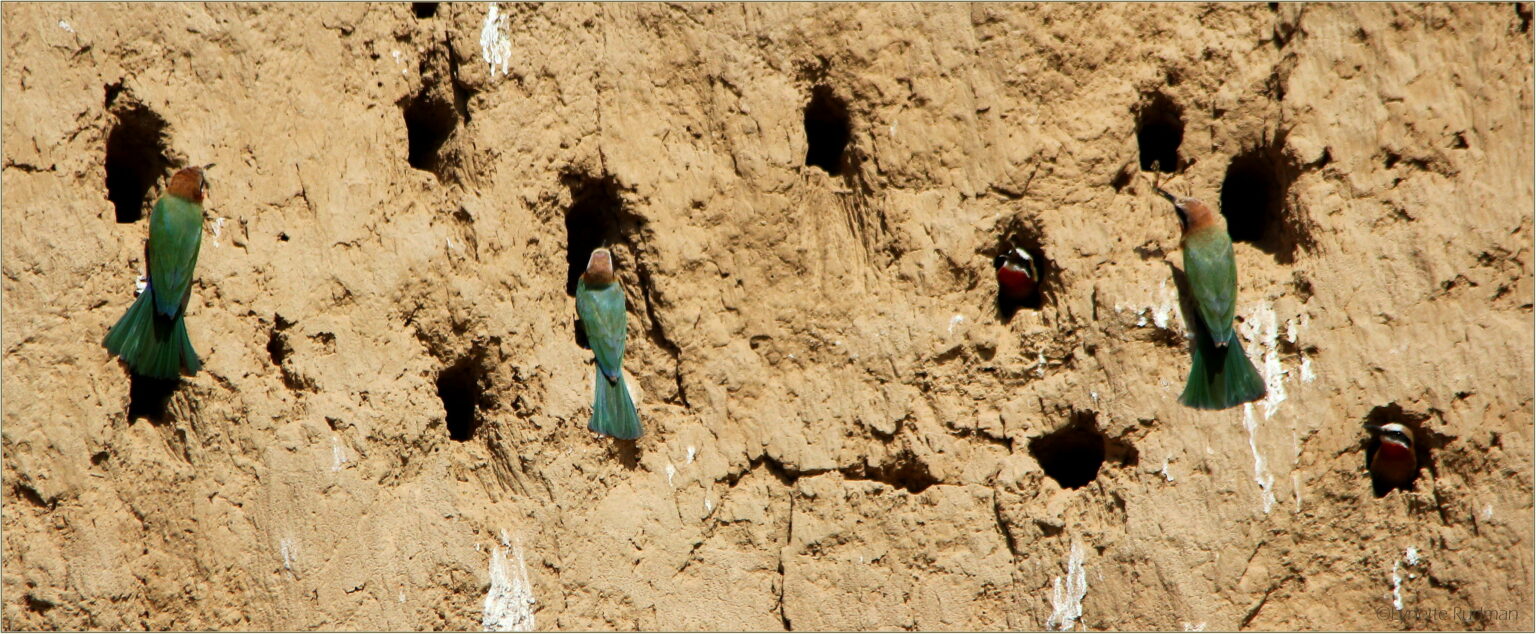

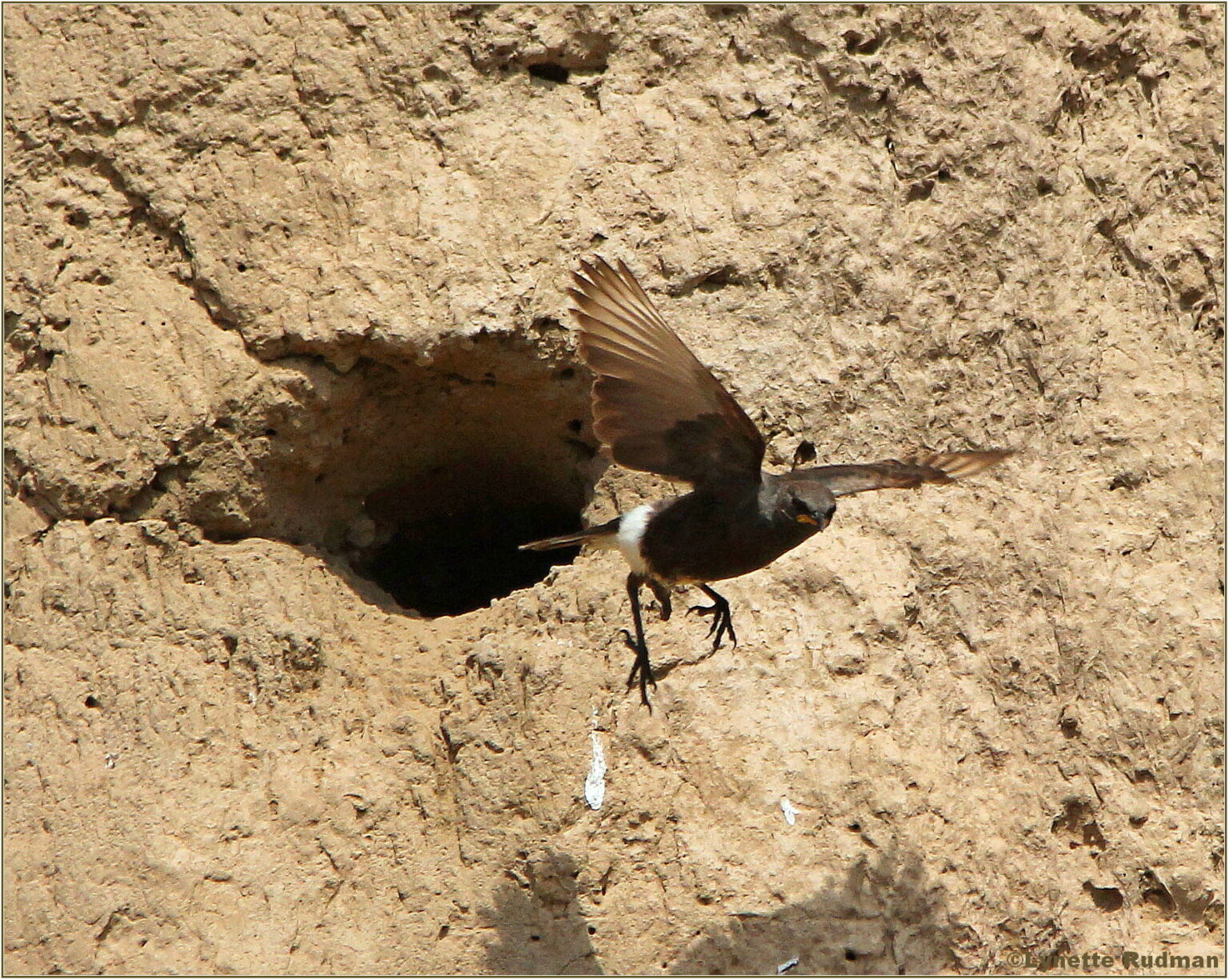
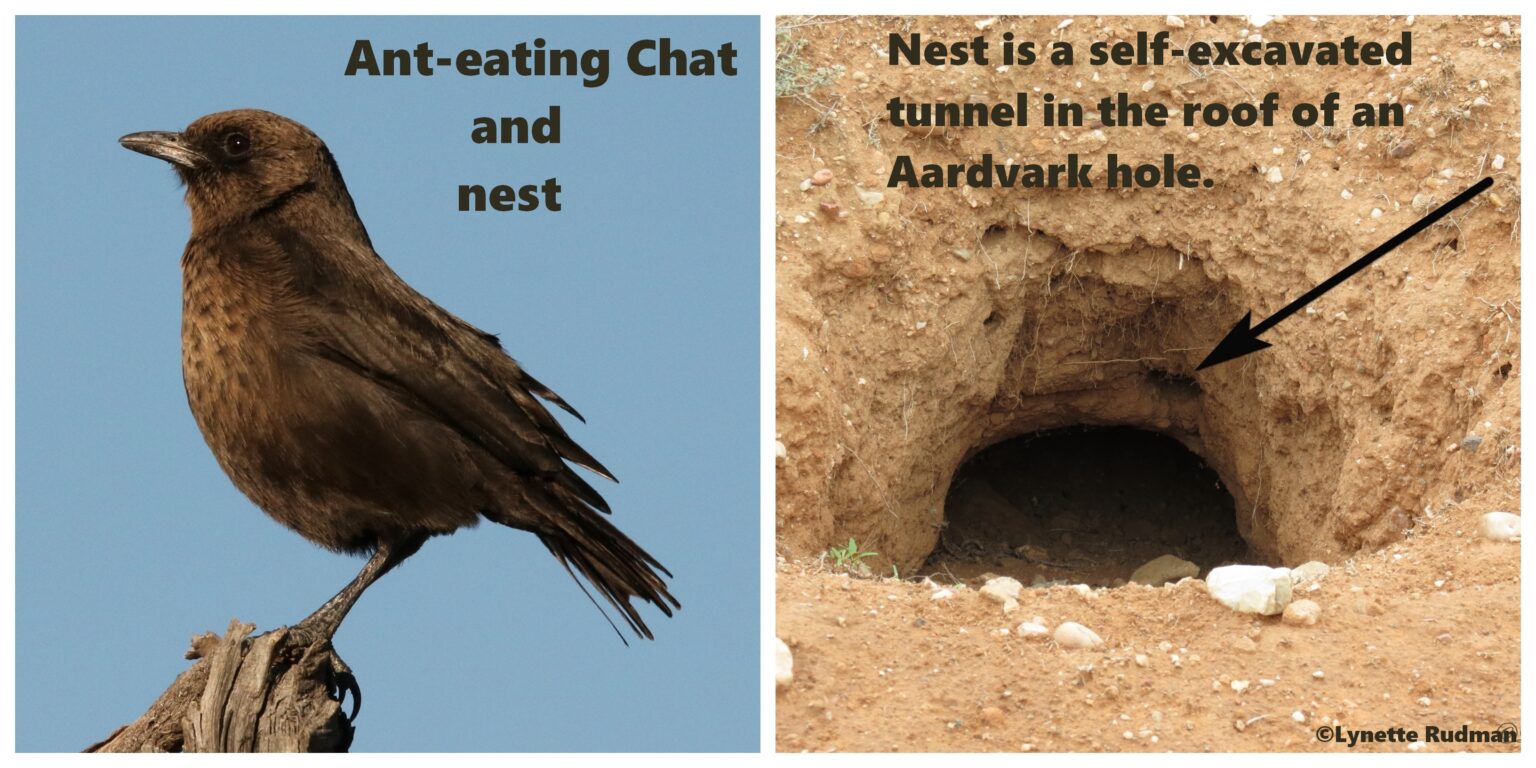
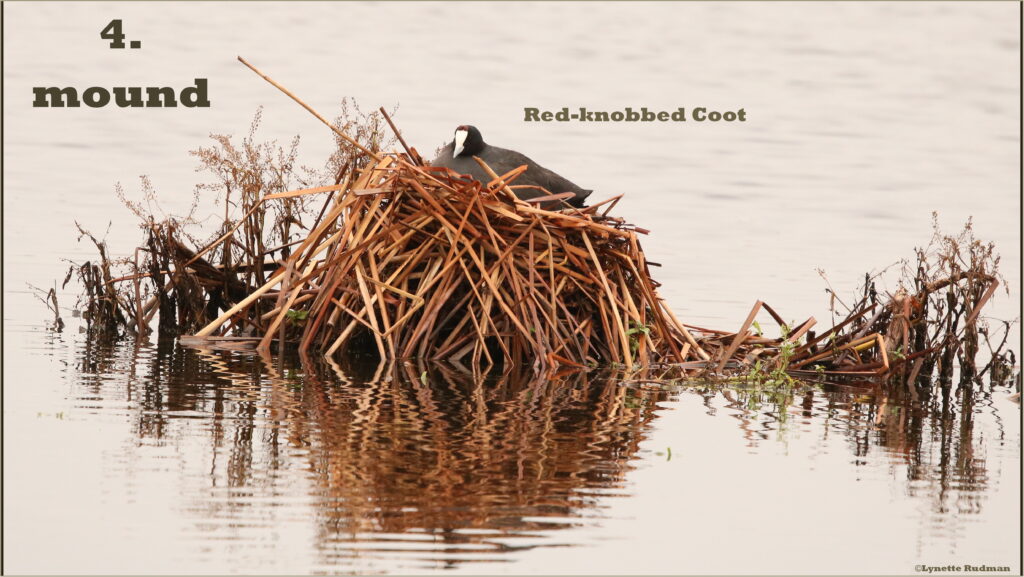
4. MOUND
Flamingos build mounds or turret shapes out of mud or clay on islands in shallow pans. Other water birds like coots construct an untidy mound that floats in the water or is attached to reeds or submerged branches in the water. Any nearby vegetation is used in the construction of these nests like reeds, sedge stems, grass, etc. Nests built in or over water are usually safe from predators.
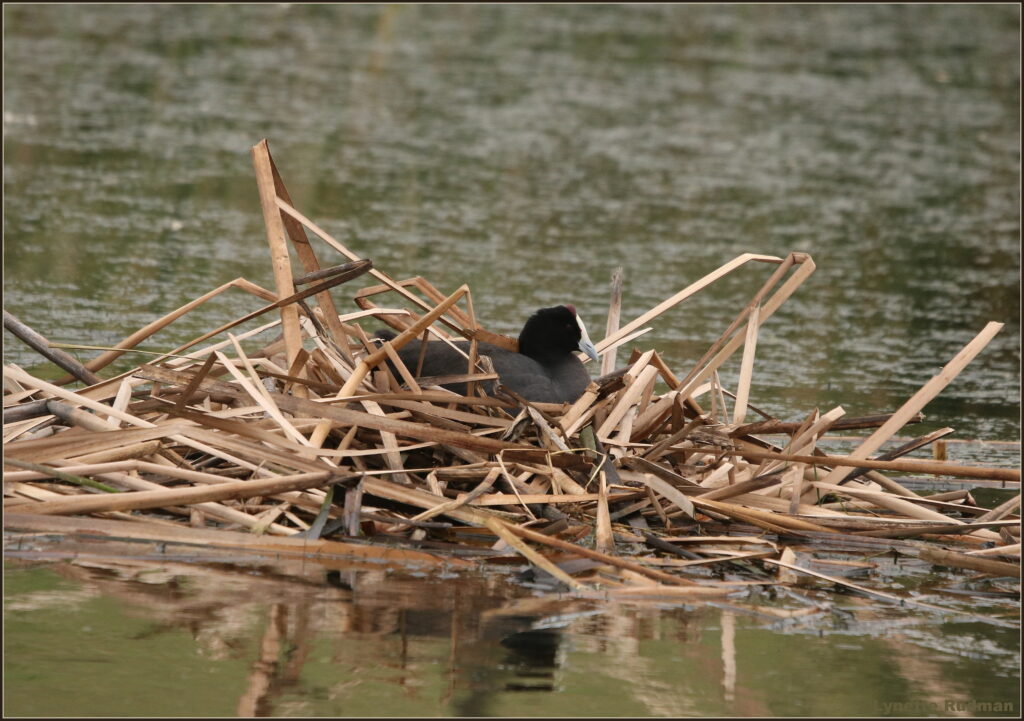
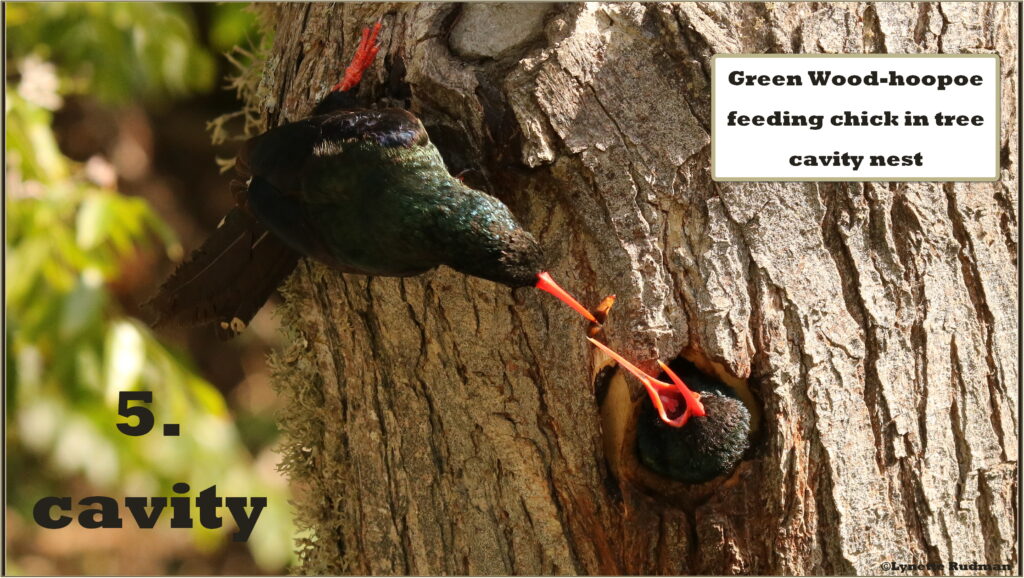
5. CAVITY
These nests are usually found in natural tree cavities or they are excavated by barbets or woodpeckers themselves. Sometimes the cavities can be in walls, roofs or holes in buildings. The excavated tree cavities have neat round holes in tree trunks facing away from the prevailing weather, wind and rain. These cavities end in a larger chamber where the eggs are laid and the chicks raised.
Nesting cavities are sought after by many types of birds that do not excavate their own nests. There is often competition for these nesting cavities and the original owners can be evicted after all their hard work. There are many birds that will use excavated cavity nests like hoopoes, starlings and some sparrows and many others.
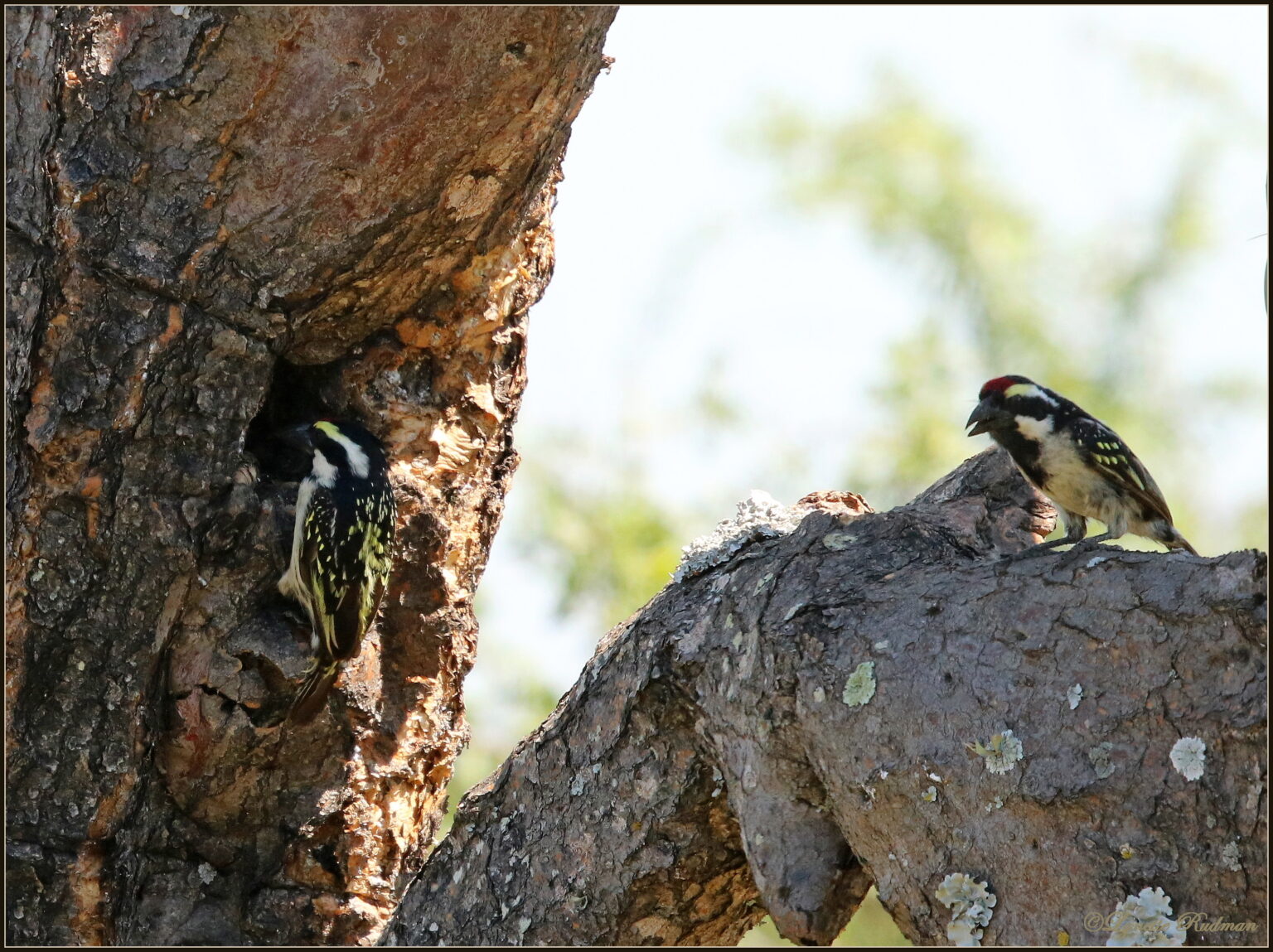
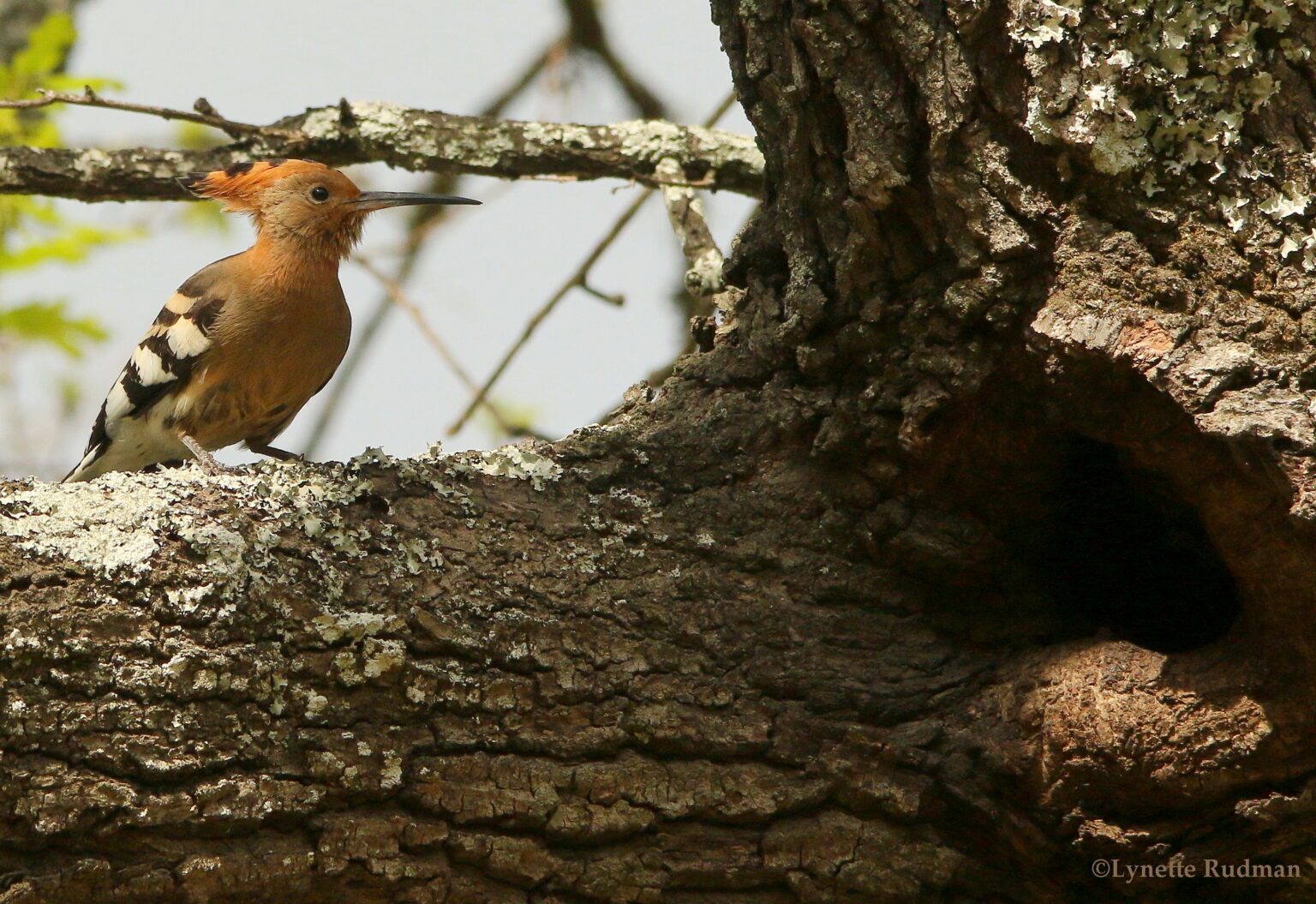
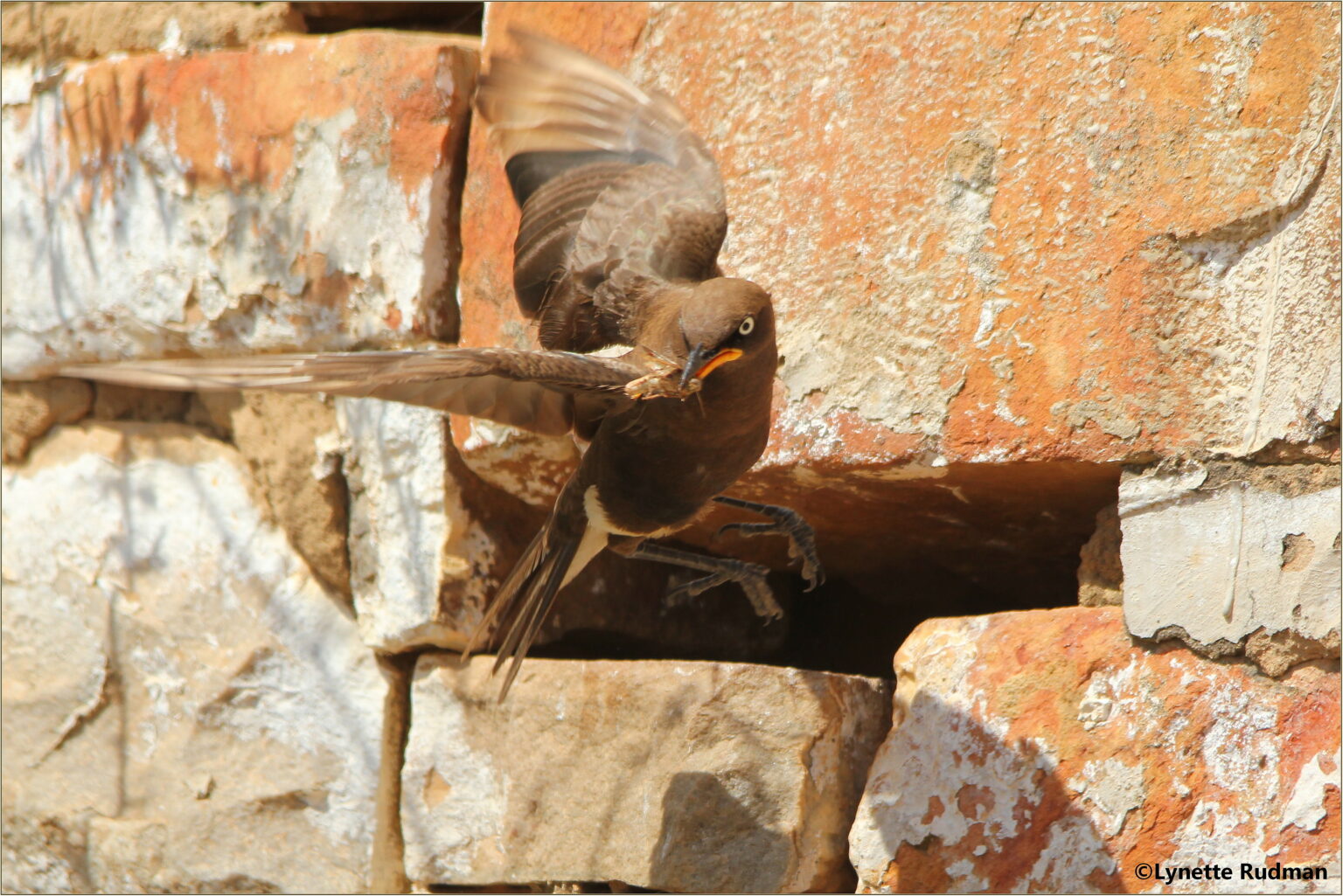

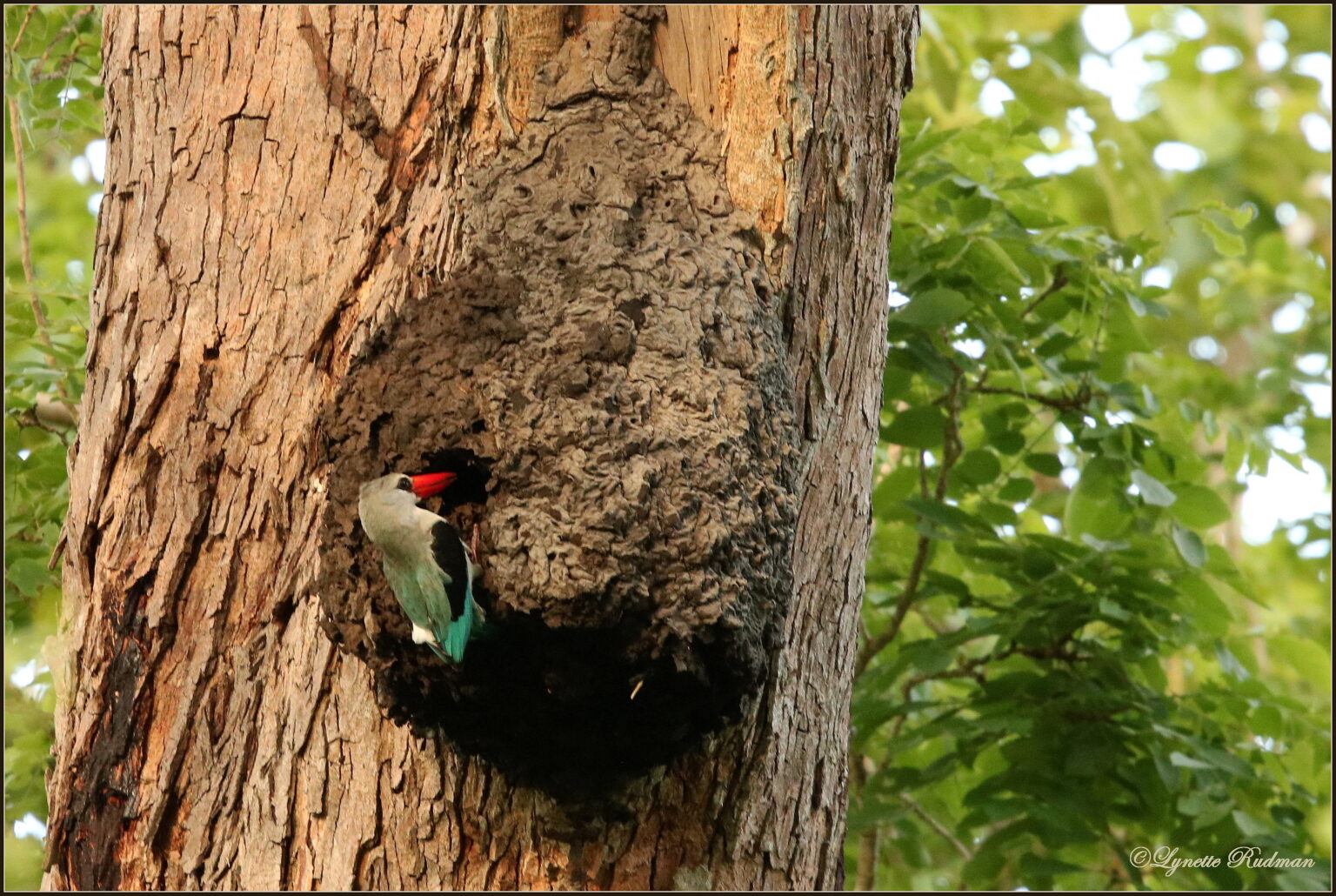
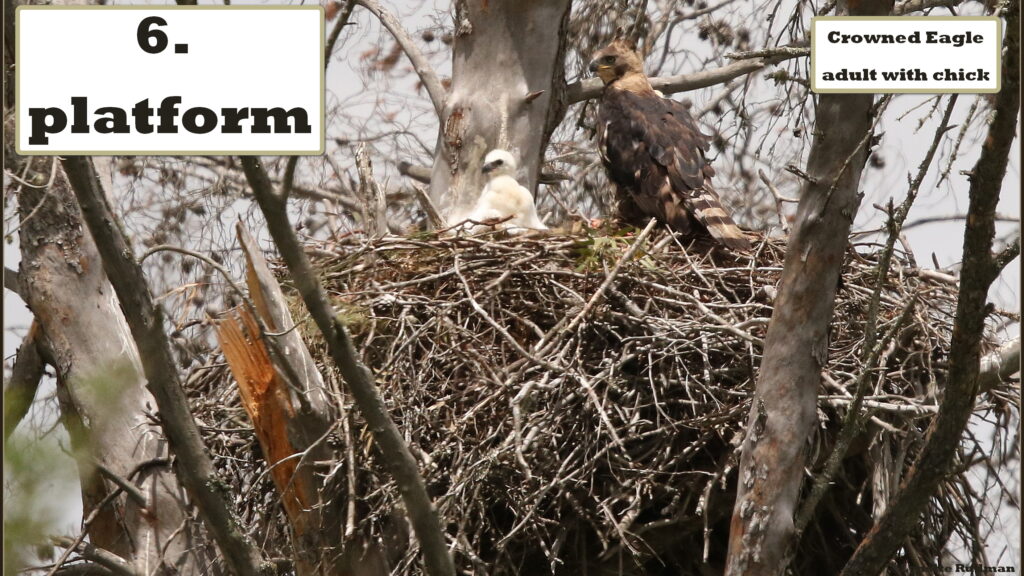
6. PLATORM
Platform nests are very simple in design and consist mainly of woody twigs placed in the fork of a tree or on the ledge of a cliff to form a platform on which to lay their eggs. These nests are made by many large raptors, herons and some storks. If the nest is used in successive years, it can become quite large and sturdy.
Doves and pigeons also construct thin, flimsy nests out of little twigs. Sometimes there is no attempt to hide the nest from predators and it is often so see-through that you can see the eggs in the nest from below.
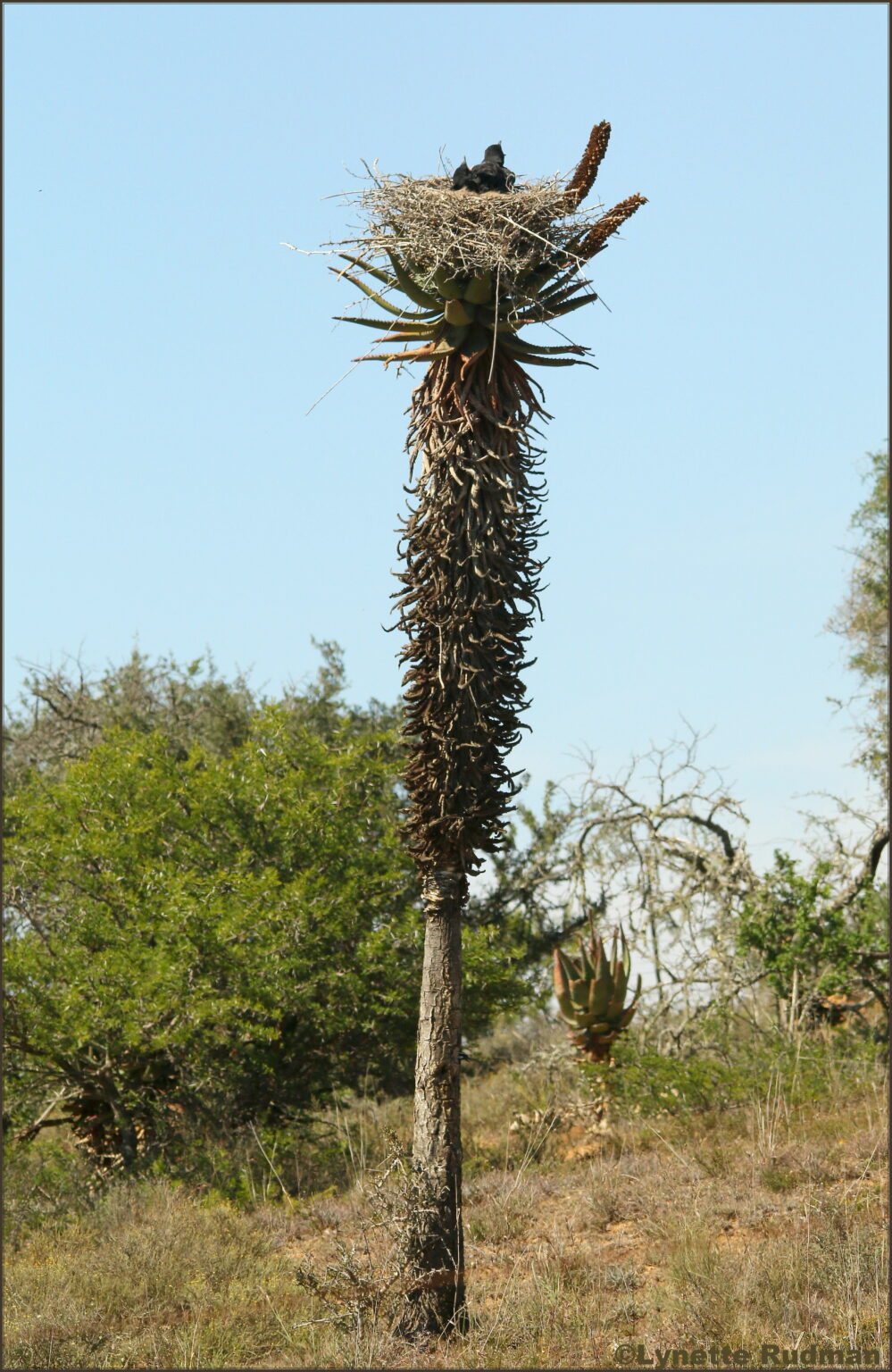
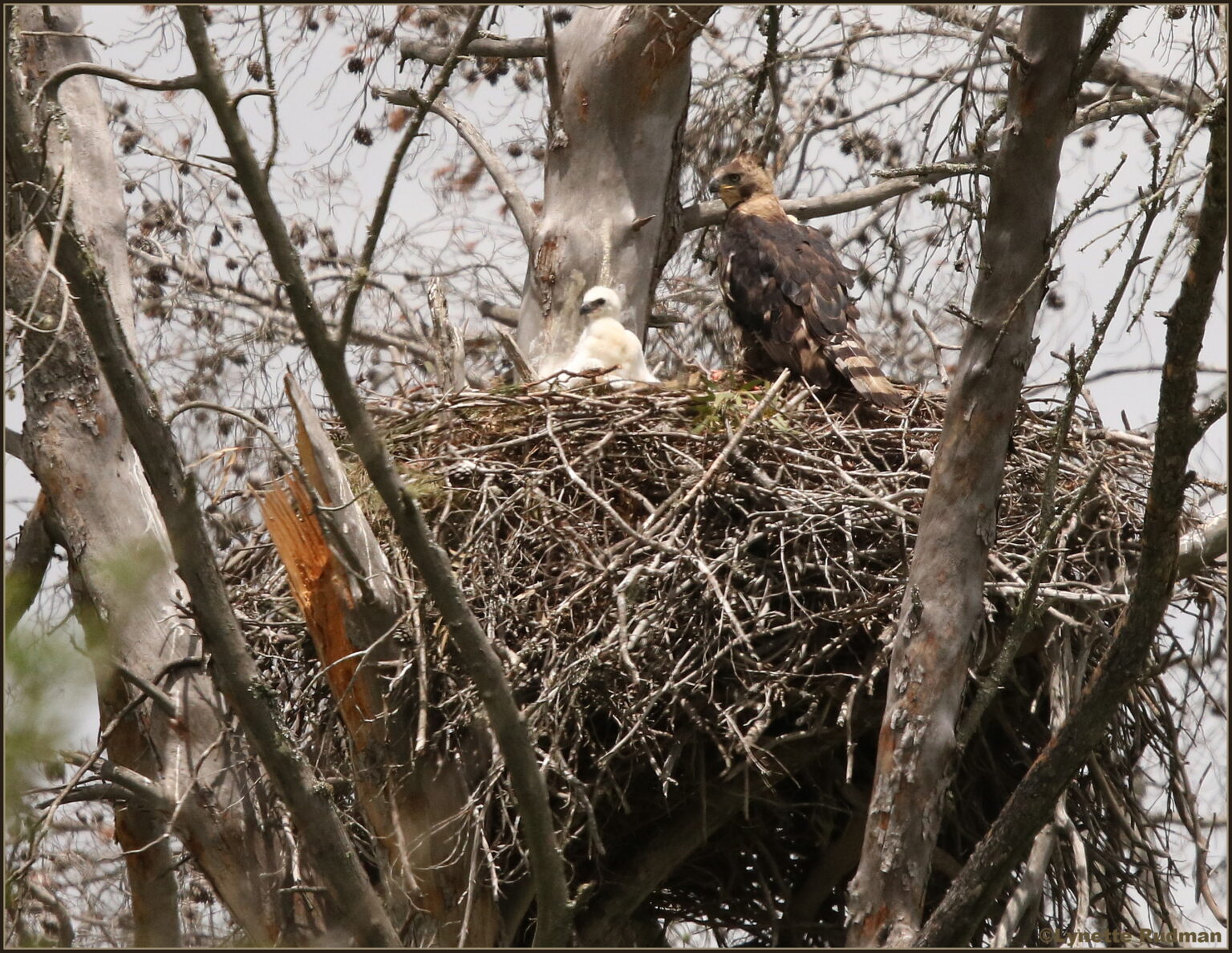
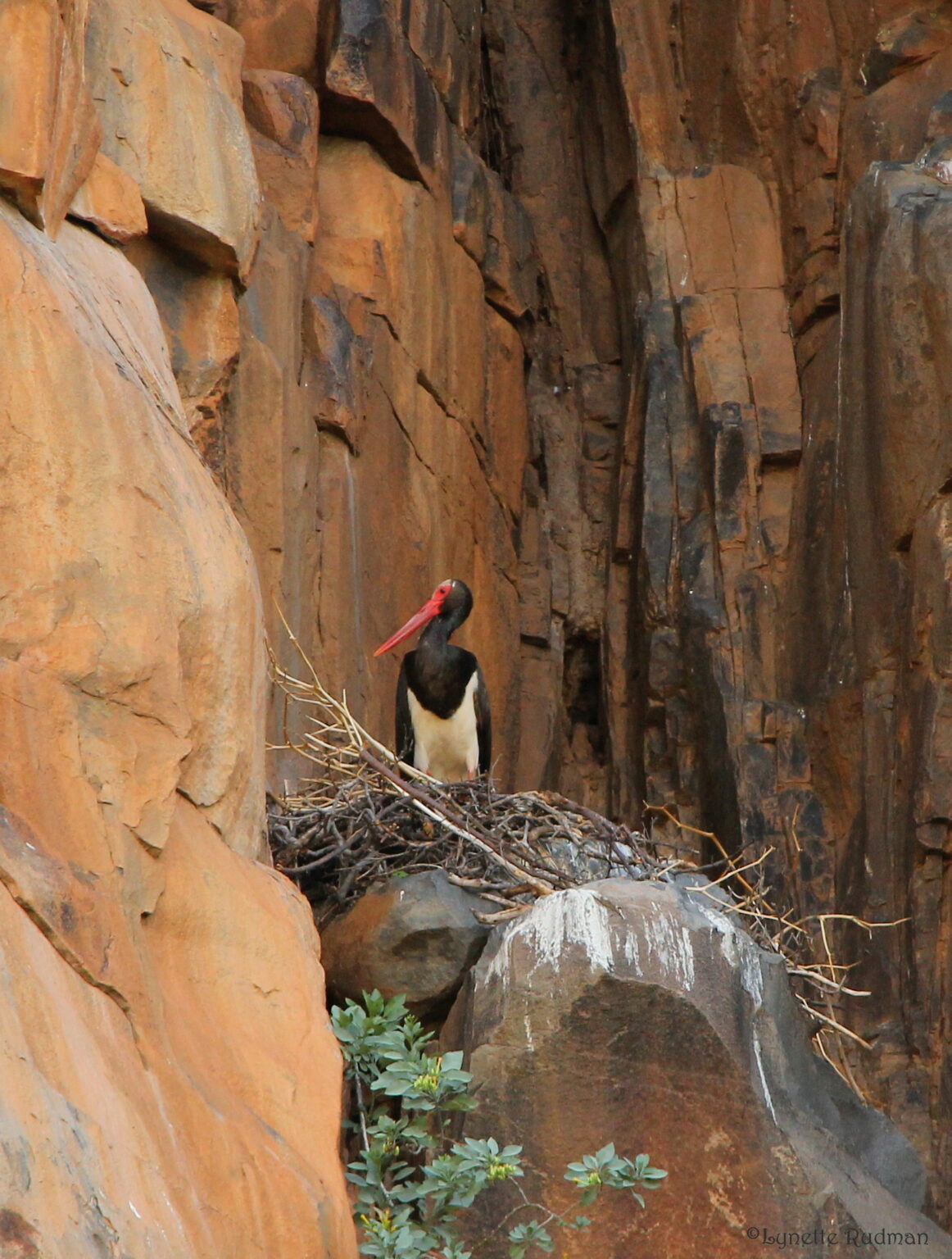
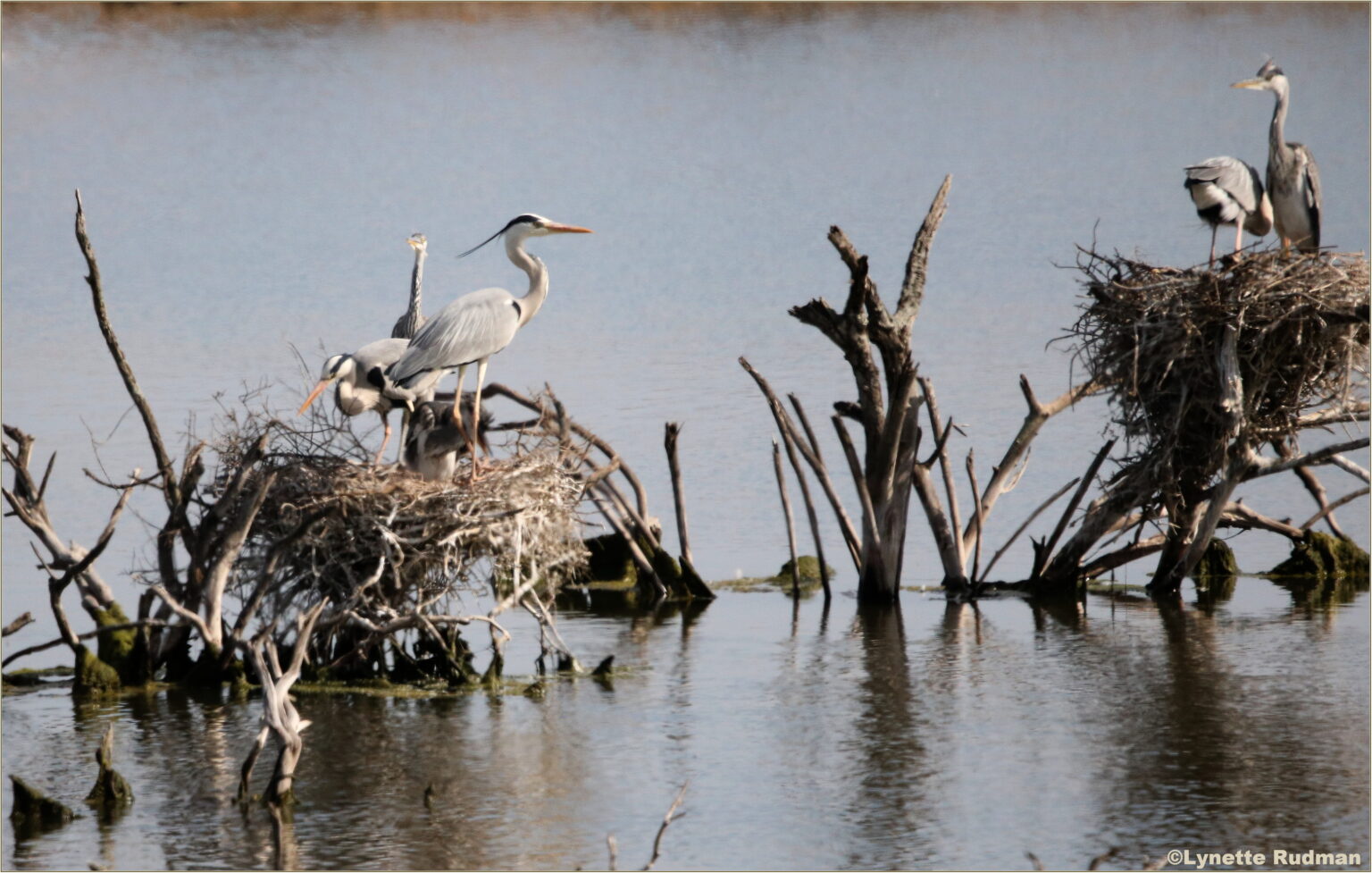
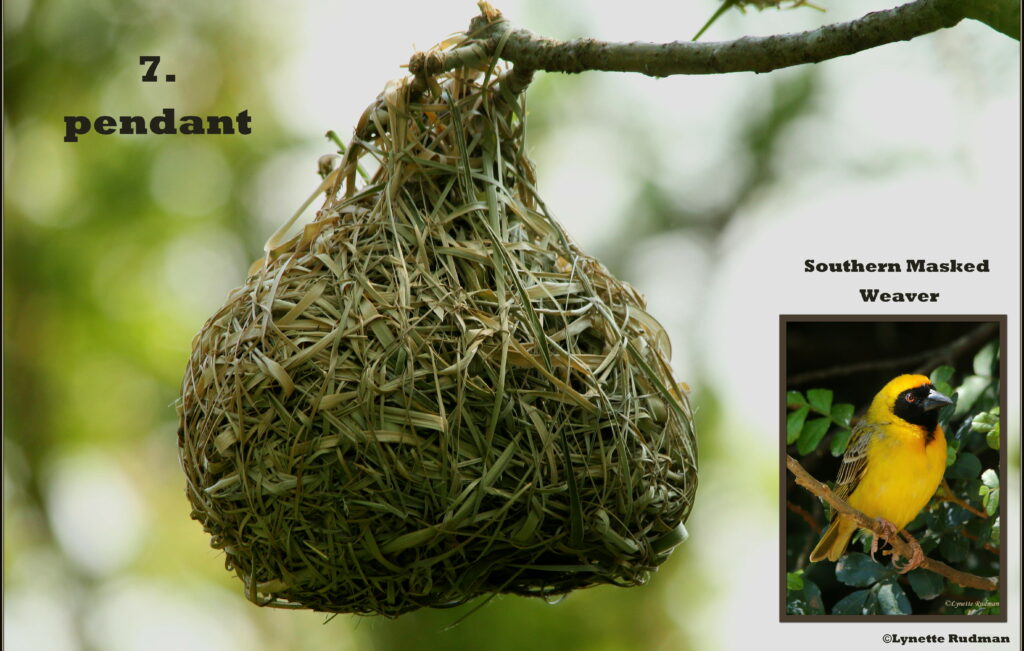
7. PENDANT
These pendant style nests are usually woven out of green blades of grass or thin strips of palm leaves. They usually hang from the end of a thin twig in a tree and snakes find it difficult to access these types of nests. The different weavers each have their own design of these intricately woven nests. The entrances of these nests are usually underneath or to the side.
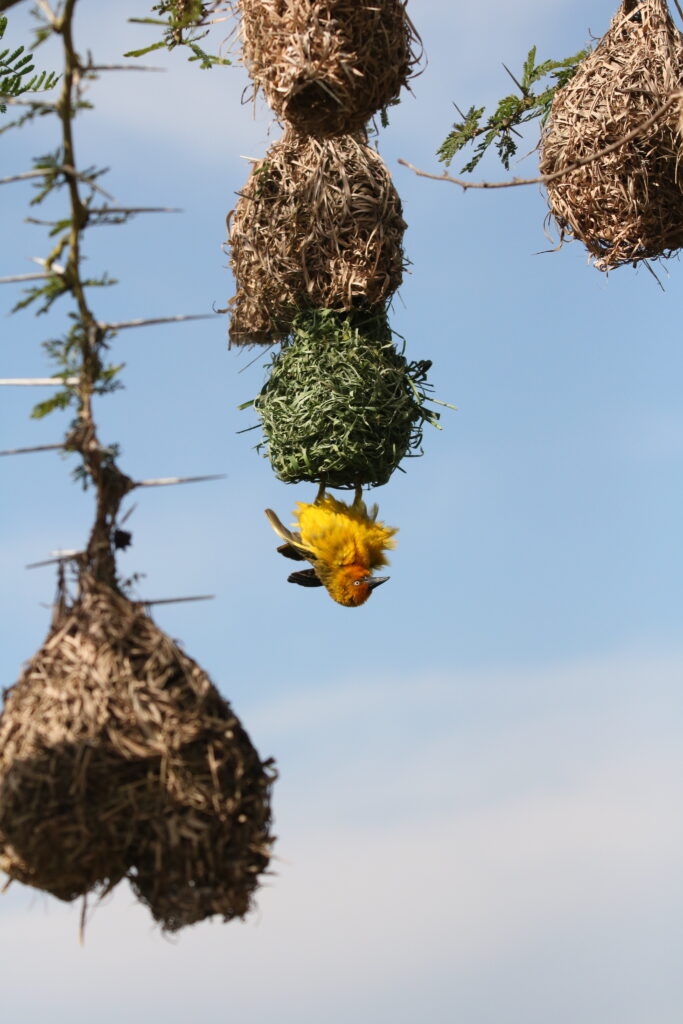
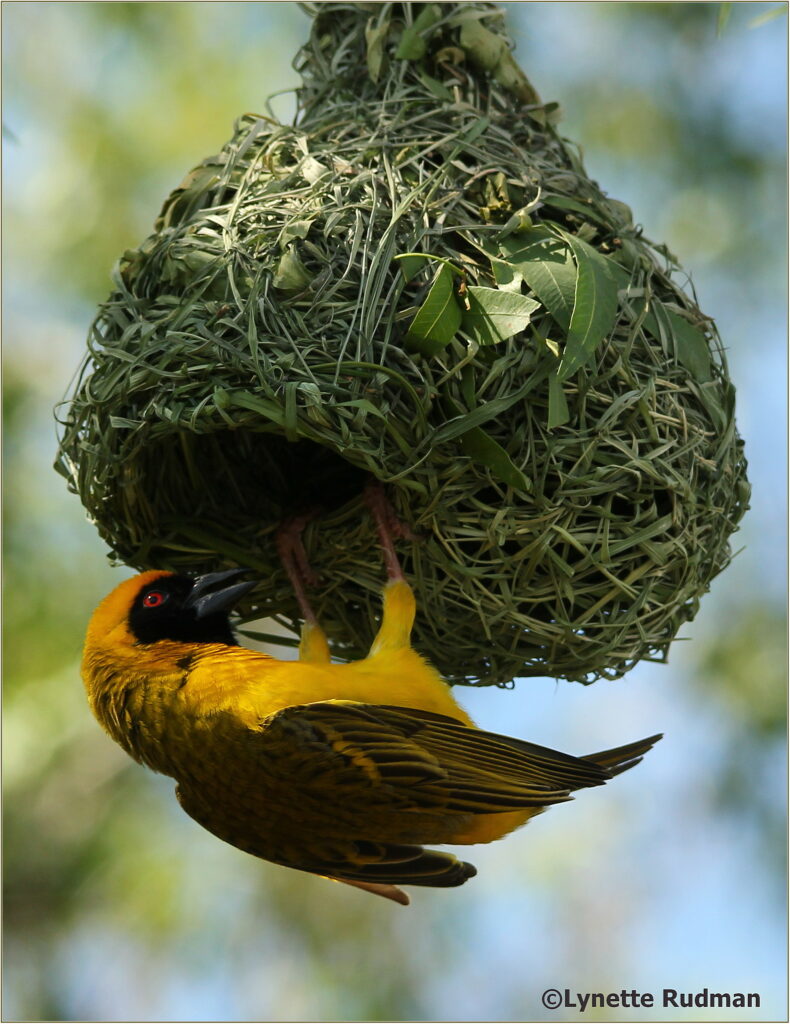
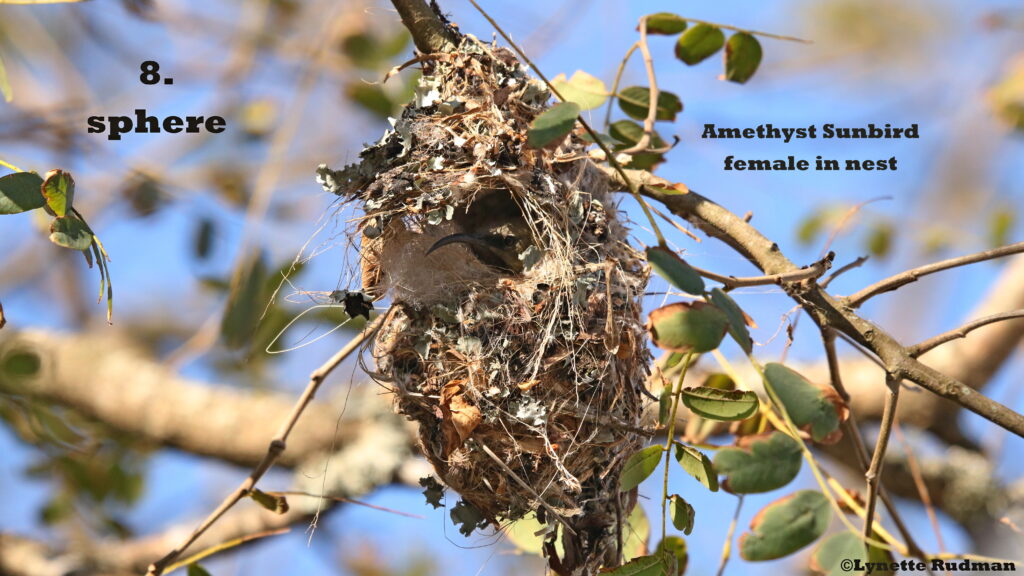
8. SPHERE
Sphere or ball-shaped nests are usually built in grass tussocks or in trees and are well camouflaged with pieces of lichen and moss bound with thin strands of spider web.
Sunbird nests are oval balls with an entrance on the side near the top. They are usually attached to two branches.
Penduline tit nests are intricate nests built out of fluffy seeds or sheep’s wool, in sheep growing areas, and the material is finely matted like felt to become waterproof. These nests have a false entrance that leads to a shallow pouch, to fool predators. The real entrance is very narrow and is just above the false entrance. The birds open and close the entrance with their feet when they arrive or leave the nest. These penduline tits roost in these nests even out of breeding season. Cisticolas build their oval ball-shaped nest deep in a little low bush or clump of grass, well hidden from predators.
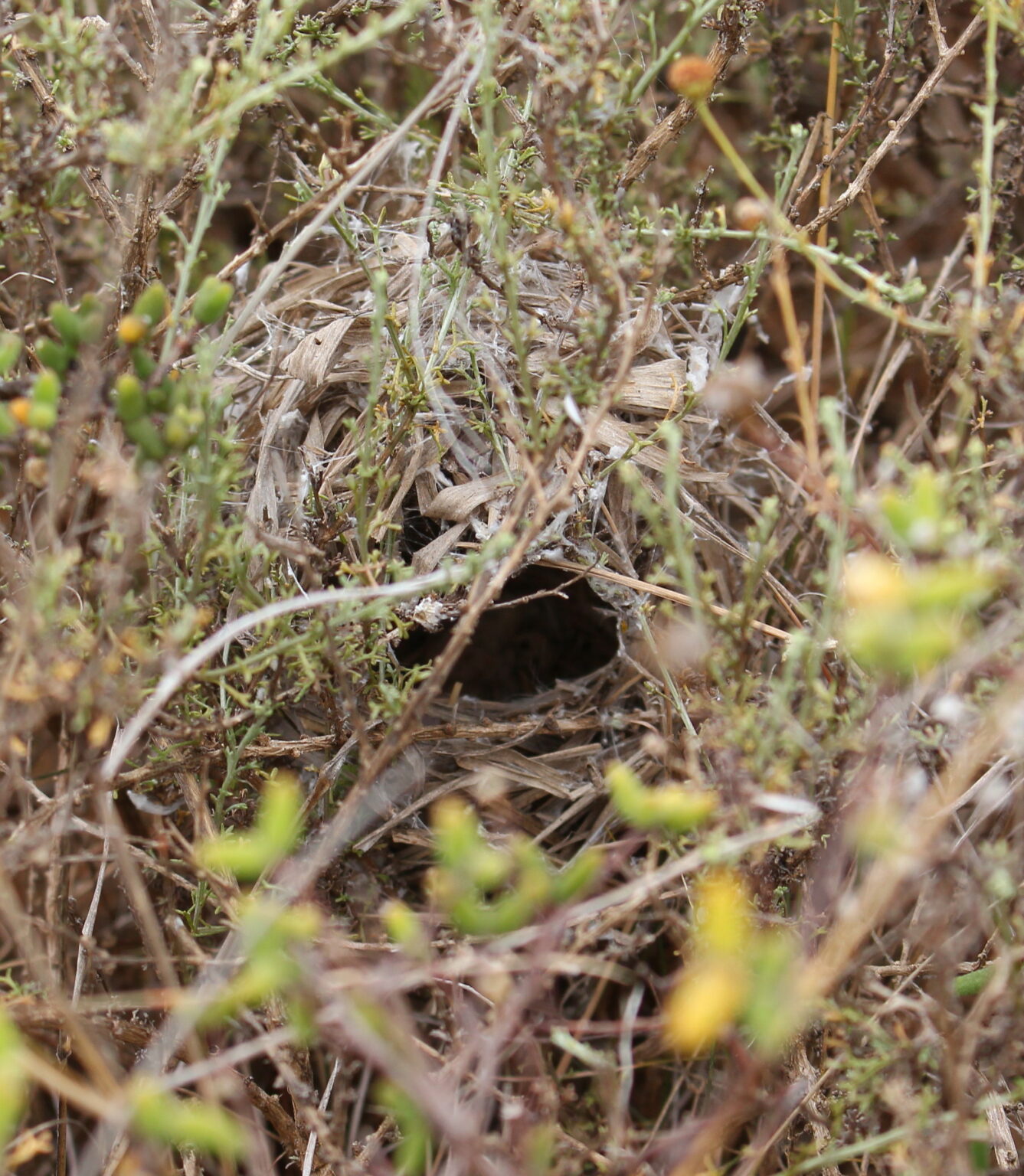
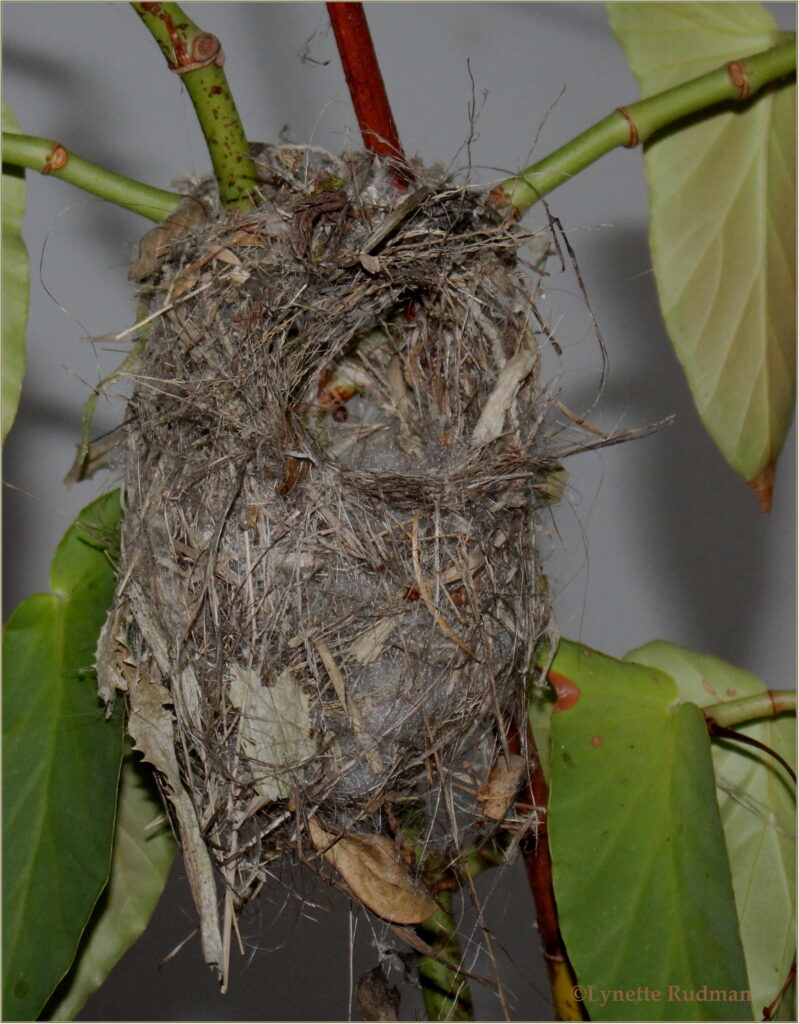
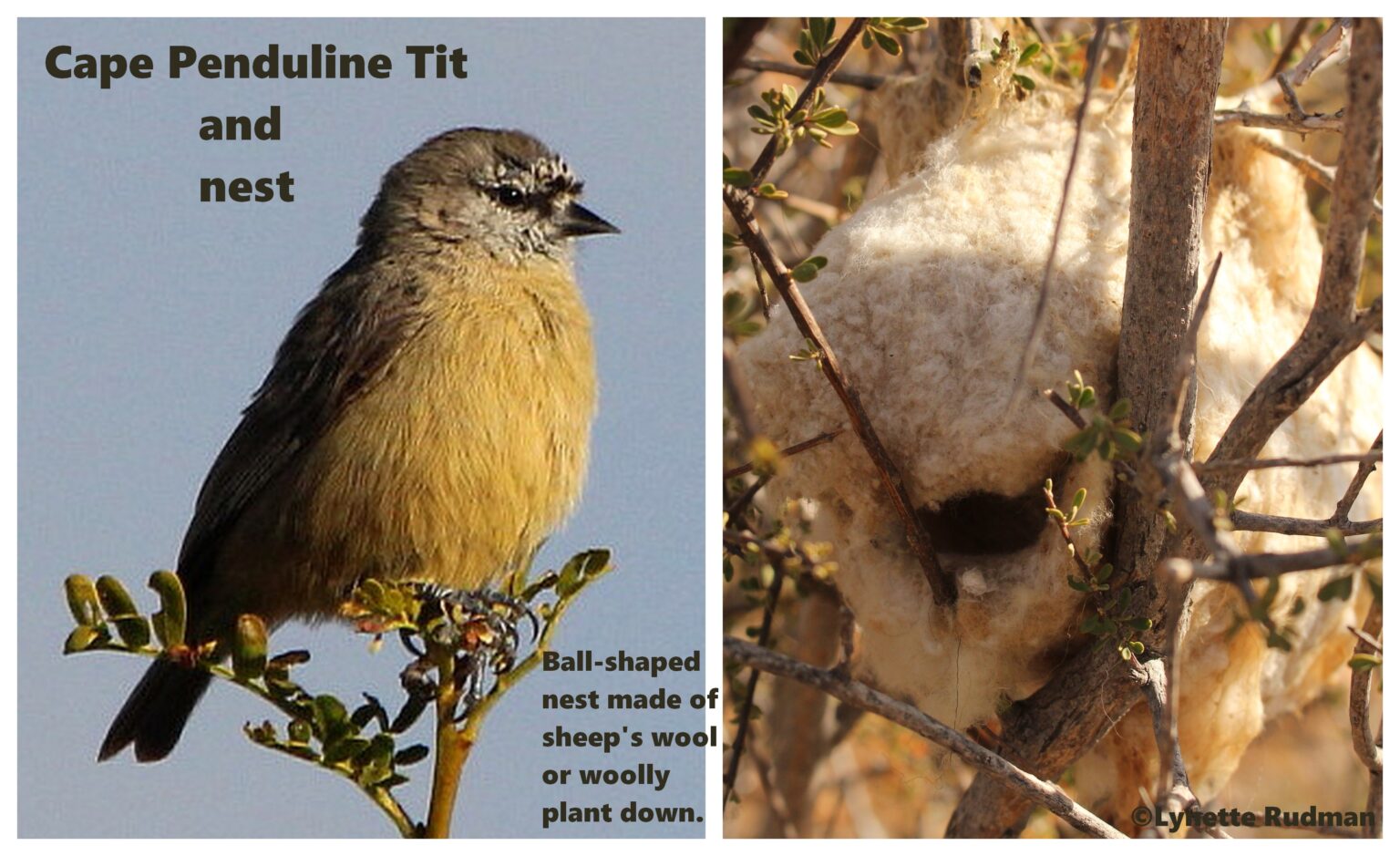
As you can see, birds build some rather intricate nests suited to their own needs. Many of these nests are camouflaged or well hidden from predators. When observing nests, we need to do so from a distance as birds are at their most vulnerable at nesting time.
Happy birding!
Lynette Rudman
View the full video about 8 types of birds’ nests on my Youtube video:
